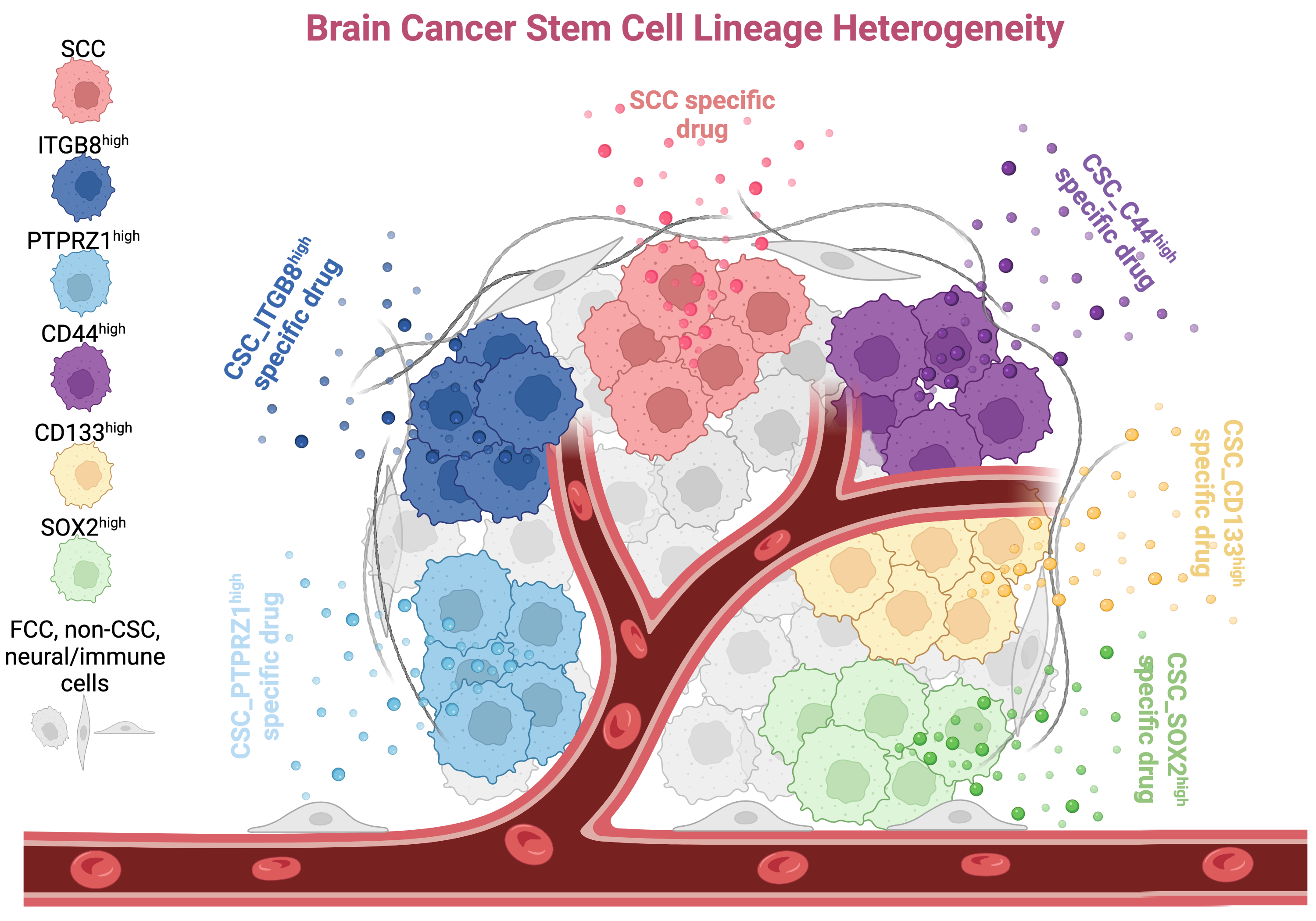By Todd Taylor

In a new study of human glioblastoma tumor cells, University of Florida neuroscientists provide insight into the diverse types of cells that make up the aggressive tumor, suggesting a need for multi-pronged treatment strategies aimed at different targets.
The study, published in the journal Cancers, was led by Loic Deleyrolle, Ph.D., an assistant professor in the Lillian S. Wells Department of Neurosurgery, and Changlin Yang, M.D., a research assistant scientist.
“The most significant finding of our study is the demonstration of a tremendous heterogeneity within specialized populations of brain tumor cells, or cancer stem cells, that drive disease presentation, evolution and treatment resistance,” Deleyrolle said.
The methods used by the research team included advanced bioinformatic and statistical analyses, single cell RNA sequencing, genetic engineering, cell trajectory analysis, functional in vitro assays and drug screening.
“The next step will be to assess different strategies to target the diverse cell lineages defined in our study in mice,” Deleyrolle said.

